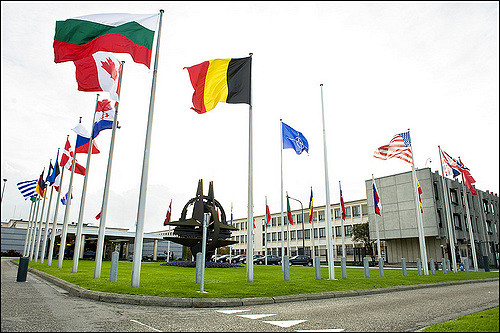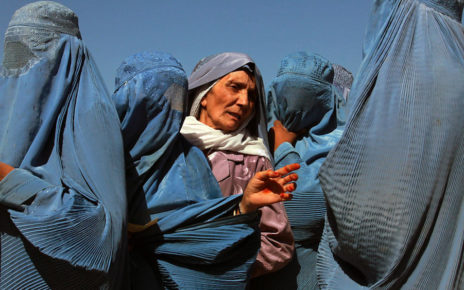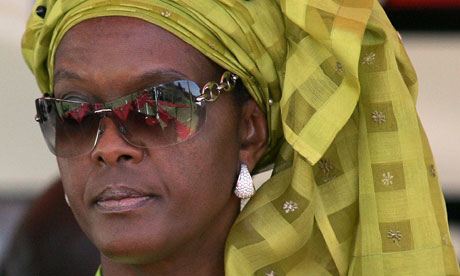During the United Nations 16 Days campaign against gender-based violence (GBV), we are given a unique opportunity to collectively campaign for the elimination of GBV around the world. The UN defines gender-based violence as any act that “results in, or is likely to result in, physical, sexual or psychological harm or suffering to women, including threats of such acts, coercion or arbitrary deprivations of liberty, whether occurring in public or in private life.”
Unfortunately, the discussions during this campaign often look abroad for their content. While it is important to discuss the international dimensions of this issue, it is vital that we acknowledge gender-based violence within our own borders and think critically about what is being done to address this issue in Canada.
Gender-based violence is not something Canada is immune to. Although there has been a decline in Canada’s overall violent crime rate, GBV is still a pervasive problem across our country. According to a recent Statistics Canada report on violence against women, gender-based violence;
“crosses every social boundary and affects communities across the country. It remains a significant barrier to women’s equality and has devastating impacts on the lives of women, children, families and Canadian society as a whole.”
In Canada, over half of all women will be affected by or be a victim of GBV in their lifetime. Women are 11 times more likely to be the target of police-reported sexual violence and four times more likely than men to experience sexual harassment in the workplace. Indigenous women are disproportionately vulnerable to this type of violence and are three times more likely than non-indigenous women to be victims.
In June, the federal government announced it would fund a National Action Plan on Violence against Women, after years of relative inaction on GBV. The Minister of Status of Women, the Honorable Patty Hajdu, has been tasked with developing the new federal strategy to address and prevent GBV domestically. The minister has committed herself to engaging with a wide range of Canadians, from young women and girls, women with disabilities, indigenous women and members of the LGBTQQI2S community, in order to ensure the legislation is the most inclusive to date.
Canada has not had a comprehensive national strategy to address violence against women since the Federal Plan for Gender Equality was adopted in 1995 as a response to the Beijing Platform for Action. The leading pledge of the Federal Plan was to “implement gender-based analysis (GBA +) throughout federal departments and agencies” to ensure that the effects of policy on Canadian women were always considered.
Unfortunately, the performance of the Federal Plan has been sub-optimal at best. A report issued by the Office of the Auditor General in 2009 found there was little or no evidence of the GBA + framework being implemented in any investigated department. Moreover, there was no evidence that the GBA+ framework was even considered in decision making and no record existed of the Privy Council Office ever using their challenge function with federal departments.
If this is the precedent the current administration has to build on, the National Action Plan will not have to accomplish much to be victorious.
According to an internal report by Status of Women Canada, that was publicly released in September 2015, Canada is very much behind the developed world in terms of gender equality. In the World Economic Forum’s 2016 gender-gap report, Canada dropped five places and was ranked 35th out of 44 countries. The 2015 UN gender-inequality index ranked Canada 25th on it’s list. In 1995 Canada was ranked first.
Internationally, Canada is a leader in the promotion and protection of gender equality. But domestically we are faltering.
On November 18, the United National Committee on the Elimination of Discrimination Against Women released a report that called on Canada’s federal and provincial governments to do more to address GBV and women’s equity in Canada. The UN committee urged Canada to address gender discrimination in the Indian act, the ‘continued high prevalence’ of violence against women, the gender wage gap and the ‘insufficient’ responses to the cases of missing and murdered indigenous women.
Admittedly, for the first time in history Canada has a gender-balanced federal cabinet. That said, only 26 per cent of seats in the House of Commons are held by female MPs. Canadian women still only earn 73.5 cents for ever dollar men earn and occupy only 10 per cent of positions on corporate boards. In the Canadian military, a federal institution, 960 regular force military members reported sexual assault in 2016.
When will the Trudeau government turn its attention to Canada’s domestic perils and create a comprehensive action plan for GBV?
The theme of this year’s 16 Days of Activism is ‘Actions Matter.’ Hopefully the federal government will internalize this message and finally commit to taking concrete action against the rigid barriers that inhibit gender equality in Canada. Without a plan, responses will continue to be “largely fragmented and services inaccessible.”
Photo: Male sign and female sign connected as an infinity symbol (2010), via Wikimedia. Licensed Under Public Domain.
Disclaimer: Any views or opinions expressed in articles are solely those of the authors and do not necessarily represent the views of the NATO Association of Canada.




